UN Issues Latest Climate Report Amid Tumultuous World Events, Seabed Regulator Excludes Reporting Agency from Negotiations, New Forensic DNA Test Could Help Save Corals From Destruction and Trafficking, and more
April 8, 2022 – We gather news: You stay informed
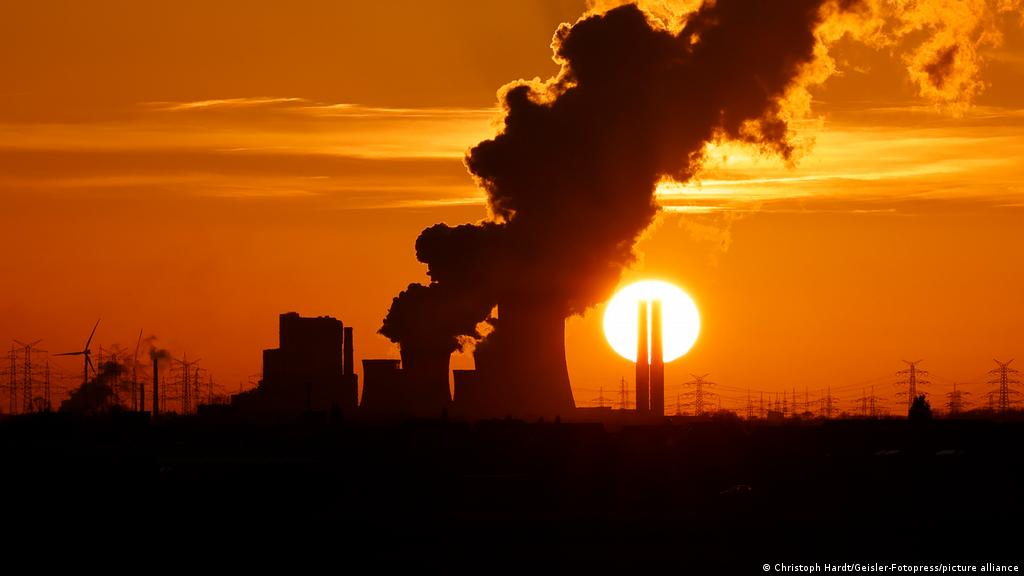
1. UN Issues New Climate Report, Immediate Action Needed to Avert Stark Impacts
The new United Nations climate report calls for urgent action to avert some of the worst impacts of global warming. The key findings are stark but not all doom and gloom. Researchers concluded the Paris Agreement’s targets could be met by working to limit warming to 1.5°C above pre-industrial levels if global CO2 emissions peak by 2025. The current path would lead us to warming of about 3.2°C (5.8°F) above pre-industrial levels. Massive amounts of existing and soon-to-mature clean energy and efficiency technologies would be needed while working to advance the options for decarbonizing hard-to-clean-up sectors of the economy. Temperatures will stabilize when emissions reach net zero, but doing so and then bringing temperatures down from there will require some use of potentially risky CO2 removal technologies.
Thank you for your generous gift that will help us continue the production of this weekly, free publication
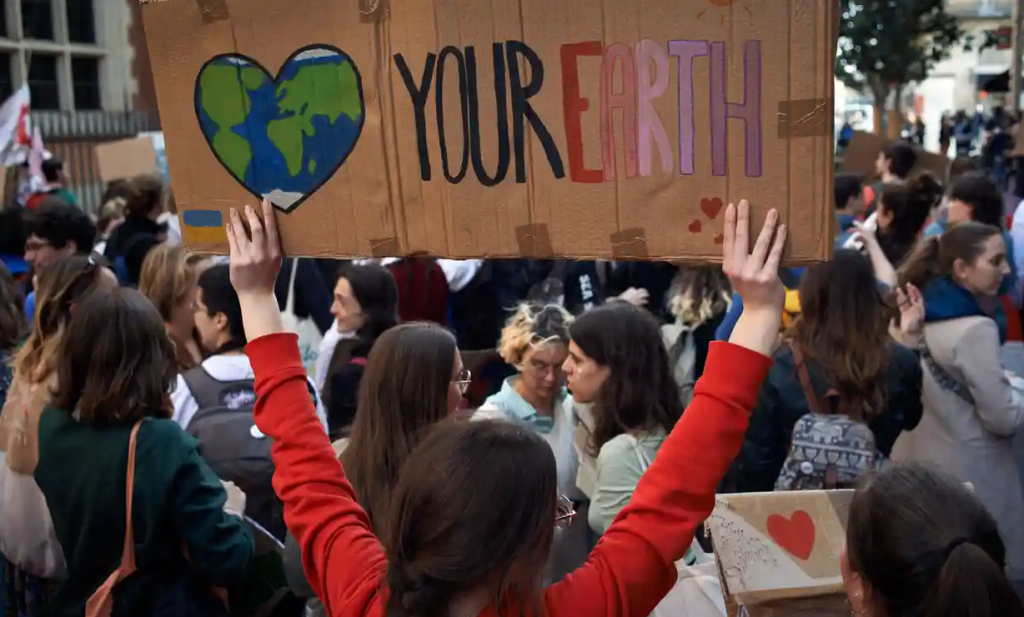
2. Dire Warning on Climate Change Ignored Amid War, Economic Turmoil
Scientists fear that their last-ditch climate warnings are going unheeded amid international turmoil caused by the war in Ukraine and soaring energy prices. The third segment of the landmark scientific report from the Intergovernmental Panel on Climate Change (IPCC) – which could be the last comprehensive assessment of climate science published while there is still time to avoid the worst ravages of a climate breakdown – was published this week, warning that the world is not shifting quickly enough to a low-carbon economy. The previous installment – known as working group 2 of the IPCC – was published a month ago, just as Russia invaded Ukraine, and received only muted attention, despite warnings of catastrophic and irreversible upheavals that can only narrowly be avoided by urgent action now. Scientists hope the fresh scientific warning will spur governments to belated action.
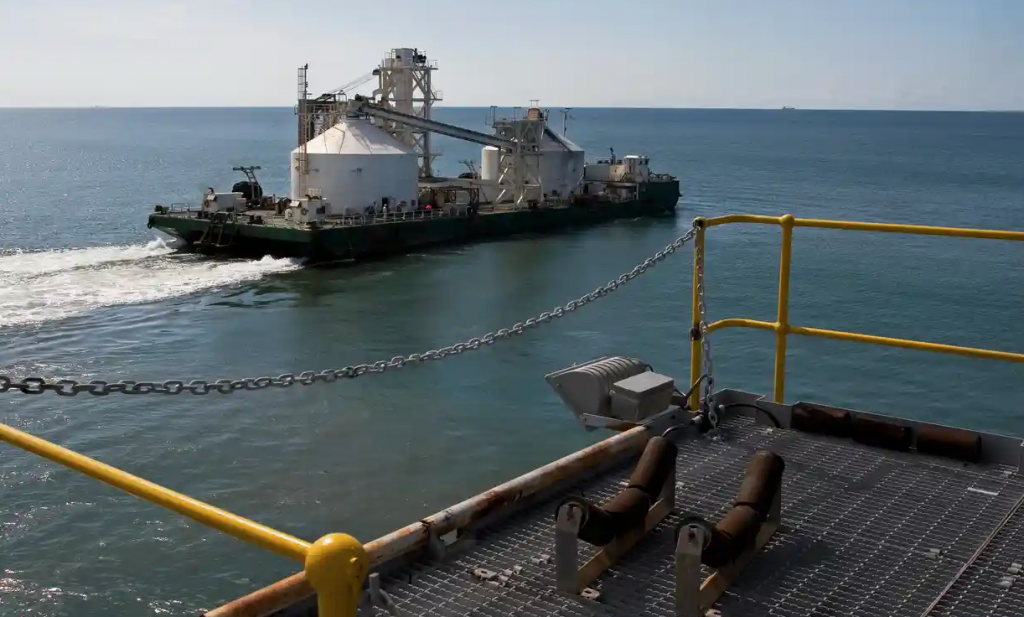
3. Seabed Regulator Deciding Deep Sea’s Future without ENB Insights
The International Seabed Authority (ISA), the UN-affiliated organization that oversees deep-sea mining, is being called into question over transparency in its processes after an independent reporting entity was absent from meetings in Jamaica. Earth Negotiations Bulletin (ENB), which has covered previous ISA negotiations and many other environmental meetings, did not receive a renewal of its contract to cover the negotiations. While the ISA negotiations are available live via webcam, the absence of ENB and the permanent independent record of proceedings is a “huge loss” for stakeholders. Some nations, including Germany, are also concerned that the ISA is developing mining standards and guidelines behind closed doors, and that current knowledge of deep-sea ecosystems and the potential effects of mining on the marine environment is insufficient to inform the process. Other nations, including Belgium, the Netherlands, Costa Rica, and Chile, highlighted the gulf in scientific knowledge of the deep sea.
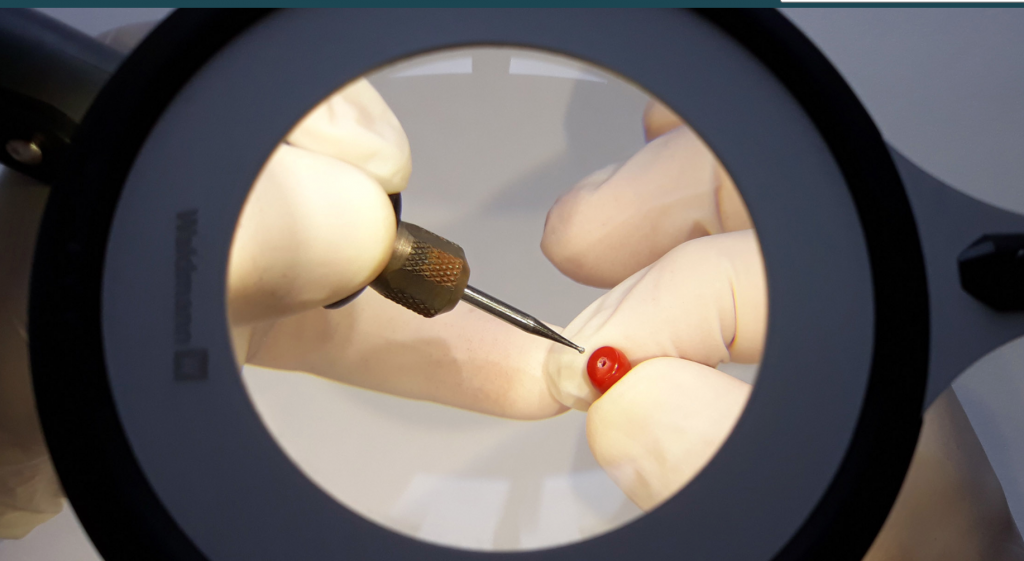
4. New Technique Helps Investigators Distinguish Precious Corals From Fake, Protect Vulnerable Species
Precious corals grow and reproduce slowly, which is why researchers are gravely concerned that overexploitation will cause the most vulnerable species to become extinct. In 2008, four species were added to the Convention on International Trade in Endangered Species of Wild Fauna and Flora (CITES). To effectively enforce trade rules, stakeholders must be able to accurately identify the species used in precious coral products. Researchers recently devised a DNA test, called Coral-ID, that can determine whether processed precious coral objects are on the CITES watch list. The technique involves delicately drilling into coral jewelry and figurines to collect just two milligrams of material to extract DNA. A previous bid to CITES-list all precious corals in the genus Corallium failed, in part because some argued it would be impossible to enforce trade restrictions when it’s so difficult to distinguish between precious coral species.
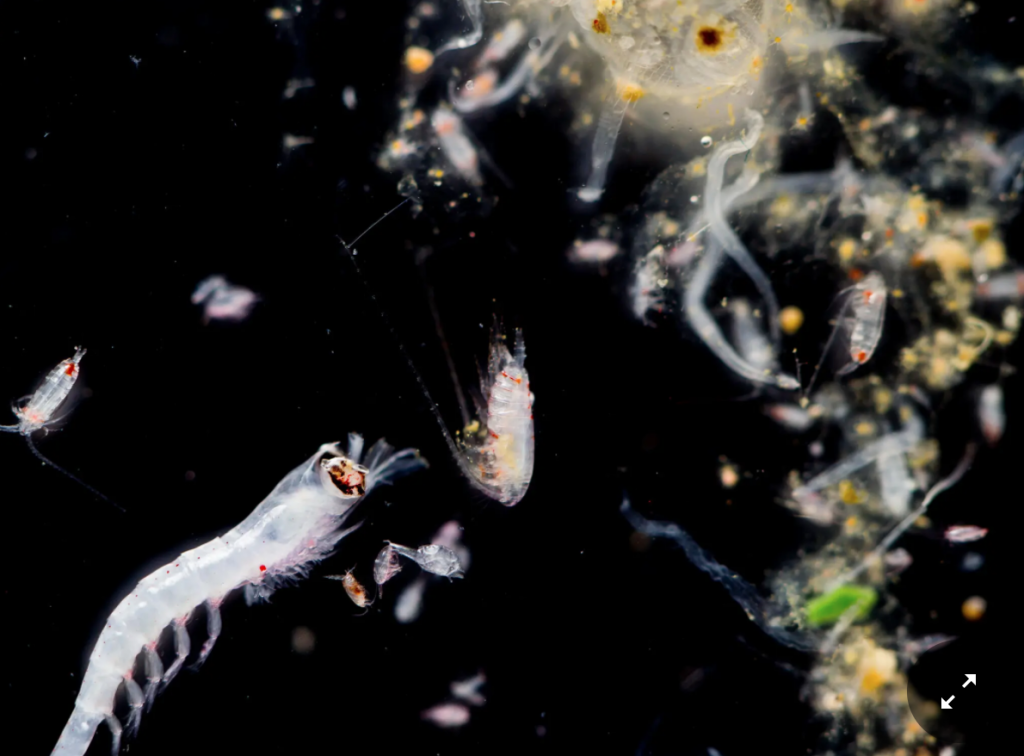
5. The Ocean Is Snowing Microplastics in the Deep Sea
Tiny bits of plastic have infiltrated the deep sea’s main food source and could alter the ocean’s role in Earth’s cooling processes. Marine snow is an endless drizzle of flecks from plant and animal carcasses, feces, mucus, dust, microbes, and viruses sinking from the surface into the deep sea and transporting the ocean’s carbon to be stored on the seafloor. Increasingly, marine snowfall is being infiltrated by microplastics. Every year, millions of tons of plastic enter Earth’s oceans. Scientists initially assumed that the material would float in garbage patches, but surface surveys have accounted for about 1% of the ocean’s estimated plastic. A recent model found that 99.8% of plastic that entered the ocean since 1950 had sunk below the first few hundred feet of the ocean. Scientists have found 10,000 times more microplastics on the seafloor than in contaminated surface waters.
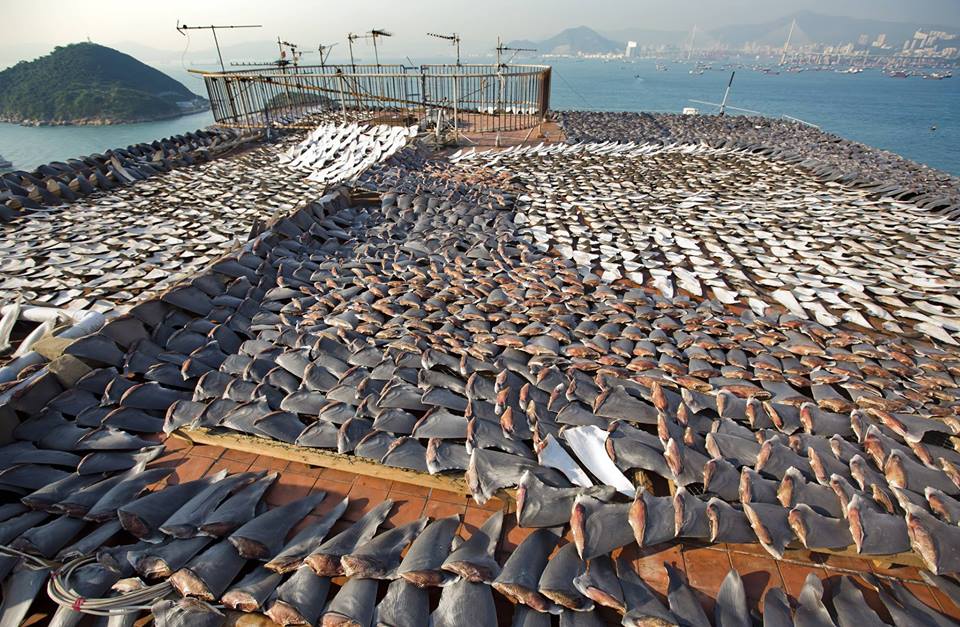
6. iSharkFin Can Help Identify CITES-Listed Sharks Hidden in Illegal Trades
While many countries and Regional Fisheries Management Organizations have banned finning (the practice of removing a shark’s fins and discarding its carcass at sea) since 2004, shark products are still sold. iSharkFin developed a machine learning technology that can help identify sharks by their fins. “In the case of iSharkFin, the algorithm learns by adding sets of fins with new morphological features, thereby increasing identification performance. Successive versions have been released with refinements, the most recent allowing users to select qualitative variables such as the fin’s tip color to refine subsets of morphometric variables,” the authors of a new study say. The iShark tool must reach a certain degree of reliability in order to be used by CITES enforcement to ensure credibility and convince front-line customs officers and others around the globe to start utilizing it.
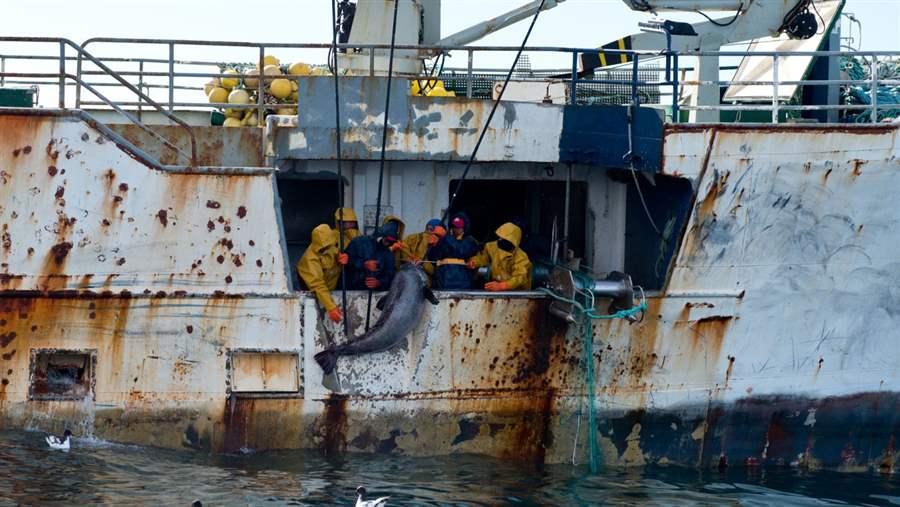
7. Study Says High Seas Are “Safe Haven” for Labor Abuse, Illegal Fishing
Coastal regions off West Africa, the mid-Atlantic near Portugal, and the waters off Peru are the riskiest spots for illegal fishing and labor abuse, with most occurring aboard vessels registered to China and other countries with poor anti-corruption oversight, according to a new study. Researchers found that nearly half of more than 750 ports assessed worldwide are linked to either labor abuse or illegal, unreported, and unregulated fishing. They write the high seas have become “a safe haven” for illegal fishing, with millions of tons of such fish caught every year. Researchers found that vessels that engage in such activity also often have labor abuses on board, including practices such as forced labor and debt bondage. While monitoring fishing fleets is inherently difficult due to the vastness of the world’s oceans, the authors expect their data to help countries and companies formulate more effective intervention strategies.
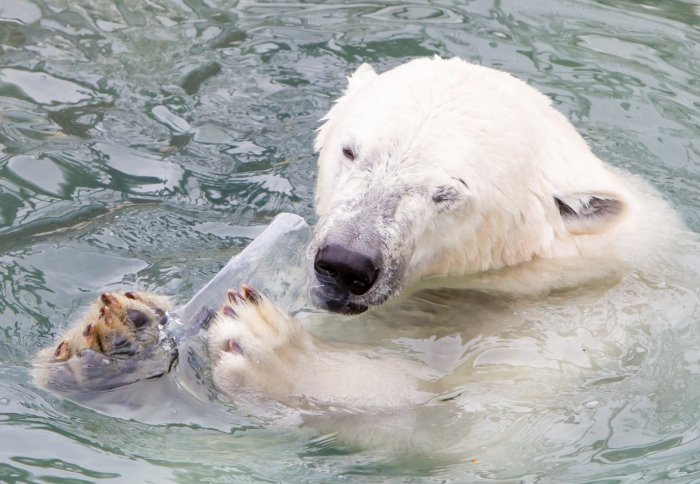
8. There’s Plastic Pollution in the Arctic, Even in Areas Untouched by Humans
Plastic pollution is now pervasive in the Arctic, even on the deep seafloor. In a new review, scientists found that although some pollution is from local sources — fisheries, landfills, wastewater, and offshore industrial activity — distant regions are a substantial source, as plastic is carried to the Arctic by ocean currents, atmosphere, and rivers. Once in the Arctic, plastic pollution accumulates in certain areas and affects local ecosystems. Mammals, seabirds, fish, and invertebrates are all showing entanglements and ingestion of marine debris. Even if plastic emissions ended today, fragmentation of existing plastic will likely lead to an increasing microplastic burden in Arctic ecosystems, which are already under pressure from climate change. The study authors conclude mitigation is urgently needed at both regional and international levels to decrease plastic production and use, achieve circularity, and optimize solid waste management and wastewater treatment.
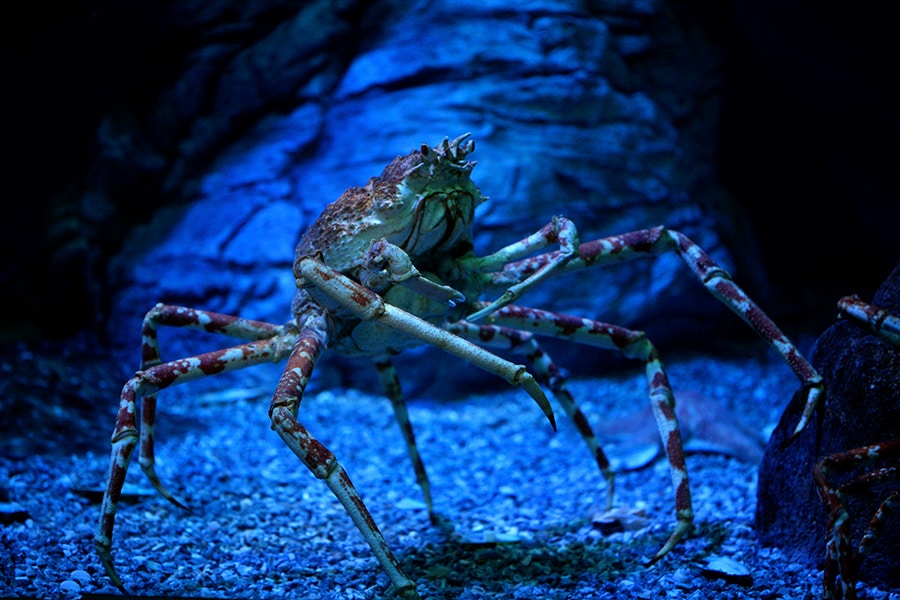
9. Snow Crab Populations Slashed in Alaska Amid Ocean Warming Event
Due to a period of extreme ocean warming in the Bering Sea, snow crab populations have drastically decreased in the traditional harvest areas off the Pribilof Islands. This has put at risk an Alaska fishery that during two boom years in the early 1990s tallied more than 300 million pounds of the crustacean — hauls even greater than the highest years of the king crab harvests. After a dismal summer survey, Alaska state biologists slashed this year’s harvest of snow crab to just 5.6 million pounds — down nearly 90% from 2021 levels. Climate scientists forecast the Bering’s ice cover will be in long-term retreat due to greenhouse gas emissions, spurred by the combustion of fossil fuels on land, in the air, and at sea. Temperatures are rising in Arctic and sub-Arctic regions of the Bering Sea much faster than regions farther south.
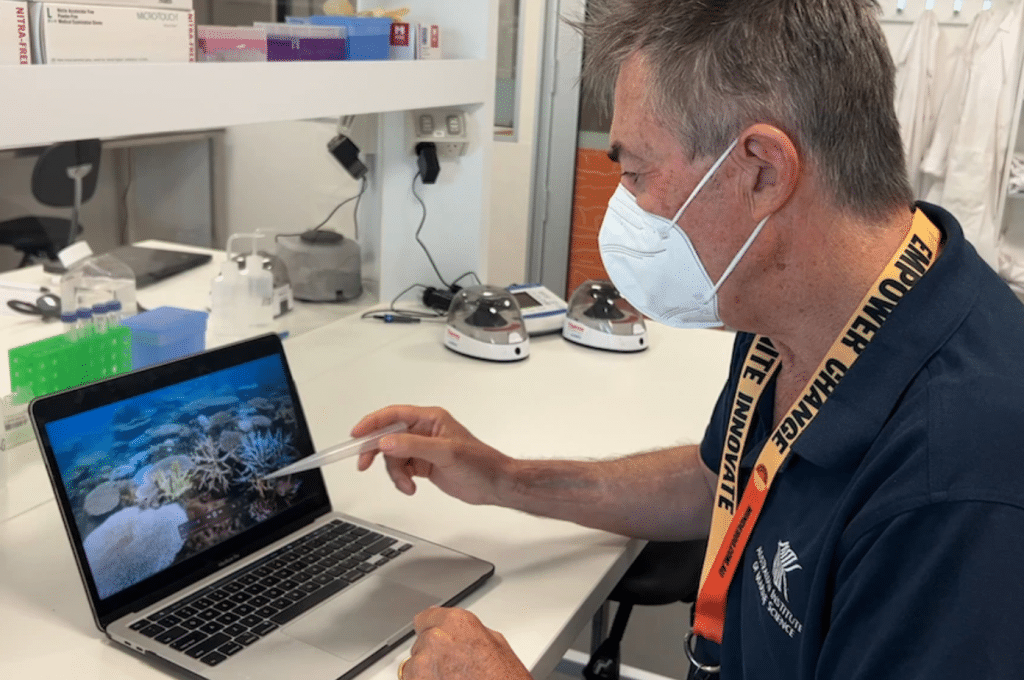
10. Bleaching at Ningaloo Reef Puts Scientists on High Alert, as They Test Coral DNA for Heat Resistance
With coral bleaching recorded at Western Australia’s Ningaloo Reef Marine Park, scientists are racing to find what makes some coral heat-resistant. At Bundegi Reef, on the northern fringes of Ningaloo, entire sections of bright colors have been replaced by pastels and white. The reef is considered by scientists to be the canary in the coal mine for ocean-heating events that cause coral bleaching. Marine scientists are keeping a close eye on Ningaloo Reef and say it is at further risk as unusually hot water moves from Indonesia down the Western Australia coast via the Indian Ocean current. In addition, a group of marine scientists is conducting one of Australia’s largest deep dives into coral DNA. “This project is finding out what’s in coral’s genes and how that might help them get through the future as we see the [ocean] warming coming,” researcher Dr. Andrew Heyward said.
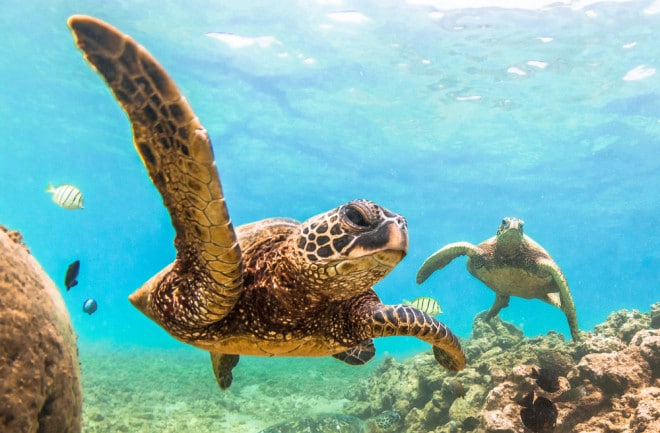
11. Seychelles Sea Turtle Numbers Show Healthy Recovery After Decades of Protection
New research at the University of Exeter in England shows decades of conservation since 1968 have resulted in a boom in sea turtle numbers. “These animals are resilient — even if they go down to near extinction levels,” says Pritchard. “If you allow them the time and space to recover, they can really bounce back.” The numbers revealed a massive increase in green sea turtle clutches since the 1960s. The latest estimates showed more than 15,000 egg clutches on the beaches of Aldabra Atoll per year from 2014 to 2019. Based on the average of three to five clutches per female, Pritchard says that between 3,000 and 5,000 green sea turtles are visiting the beaches of the atoll every year to lay eggs, a roughly 500% increase since the 1960s. Still, garbage and climate change threaten the sea turtles.
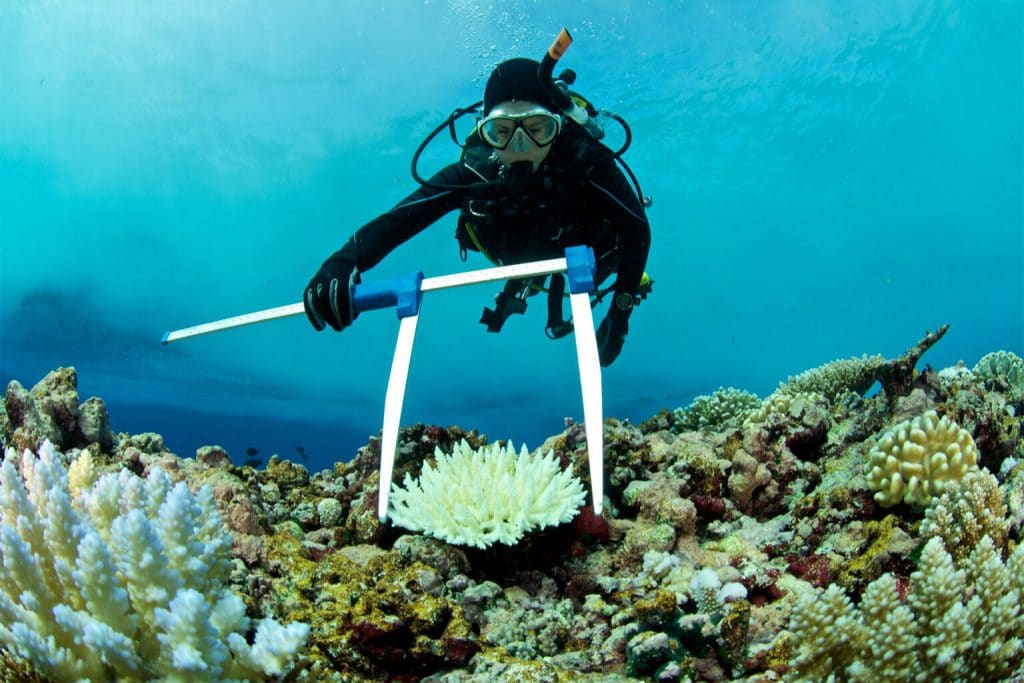
12. Scientists Develop Predictive Measure for Carbon Transfer Among Bacteria in the Ocean
A University of Southern California-led team of international scientists found the speed of carbon transfer in the ocean is influenced by the size and type of bacteria that latch onto the particles. The discovery has enabled researchers to develop a computer model for estimating carbon transfer, a part of the Earth’s natural carbon cycle to stabilize its climate, in oceans across the globe. Knowing the carbon transfer rate could help scientists better understand just how well the Earth is retaining carbon in the deepest parts of its oceans — or whether much of the carbon that normally would sink is returning to the atmosphere. Knowing which bacteria live in which locations of the oceans could also help scientists adjust the model to better predict a local rate of carbon transfer — or release, depending on whether the bacteria are thriving.
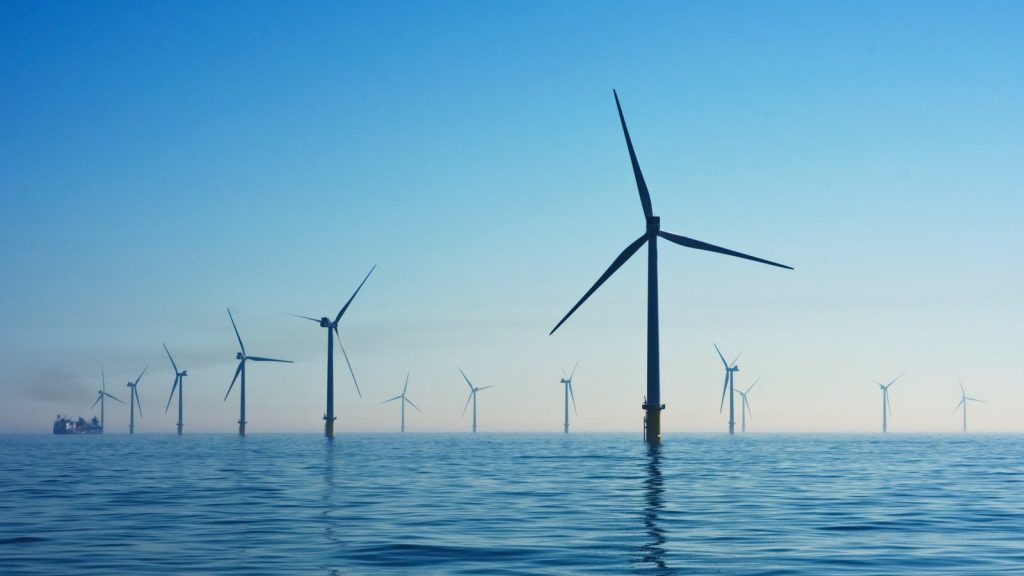
13. Marine Sectors Urged to Work Together to Better Protect Marine Environment
Marine industries must learn from one another to better protect marine life and their environments. That is one of the findings from research by scientists at Heriot-Watt University, which explored how cumulative impacts to marine life are currently being considered for 11 industries including offshore wind farms, oil and gas decommissioning, dredging, and harbor development. Of the industries included in the review, 75% of assessments were scored as “weak” or “very weak” when assessing the potential cumulative impact of their activity, with just 4% of assessments considered to be “very strong.” The paper found construction noise was the most common stressor considered within assessments. “Each industry assesses the cumulative stressors in different ways,” researcher Emily Hague explains. “This is worrying, as an inconsistent approach may mean that some industries are better protecting marine mammals from the potential negative effects of their activities than others.”
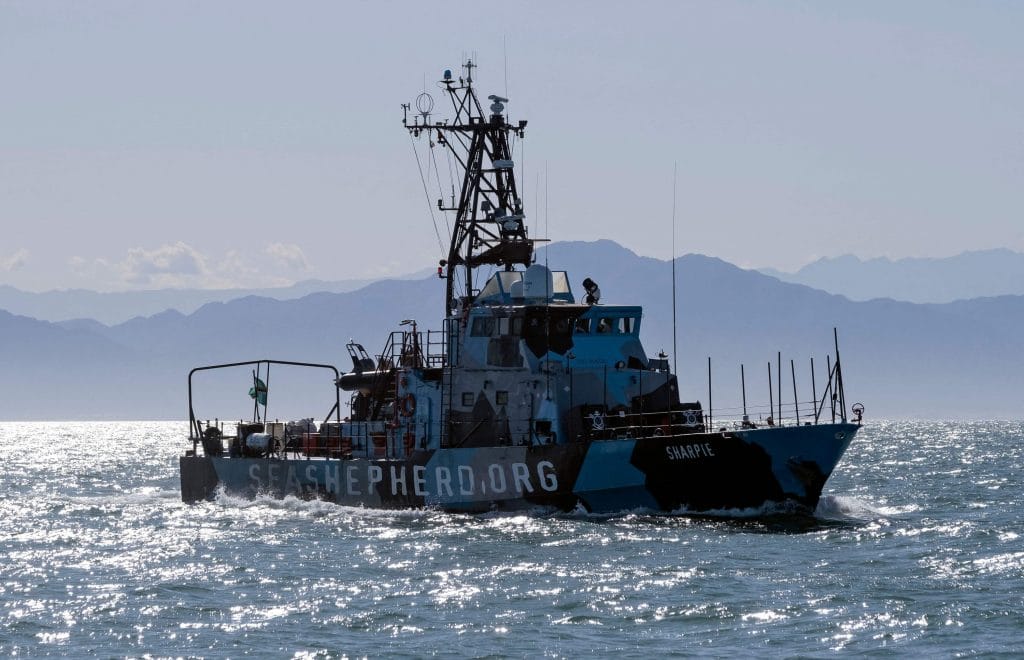
14. Mexico Working with Sea Shepherd in Hopes of Saving Near-Extinct Vaquita
The vaquita is a species of porpoise endemic to the northern end of the Gulf of California and is also the world’s rarest marine mammal with only eight likely remaining. Mexican naval vessels, spotter planes, and conservationists from the environmental organization Sea Shepherd are patrolling the upper Gulf of California in a race against time to save the world’s rarest marine mammal from extinction. The species is critically endangered due to illegal gillnets used to catch totoaba, a large fish whose swim bladder can fetch thousands of dollars in China, thanks to its supposed medicinal properties. The navy stepped up surveillance in January amid criticism from the United States that Mexico was not doing enough to protect the vaquita. Navy personnel and activists from Sea Shepherd now monitor the gulf every day, looking for illegal nets and preventing fishermen from approaching a “zero-tolerance zone.”
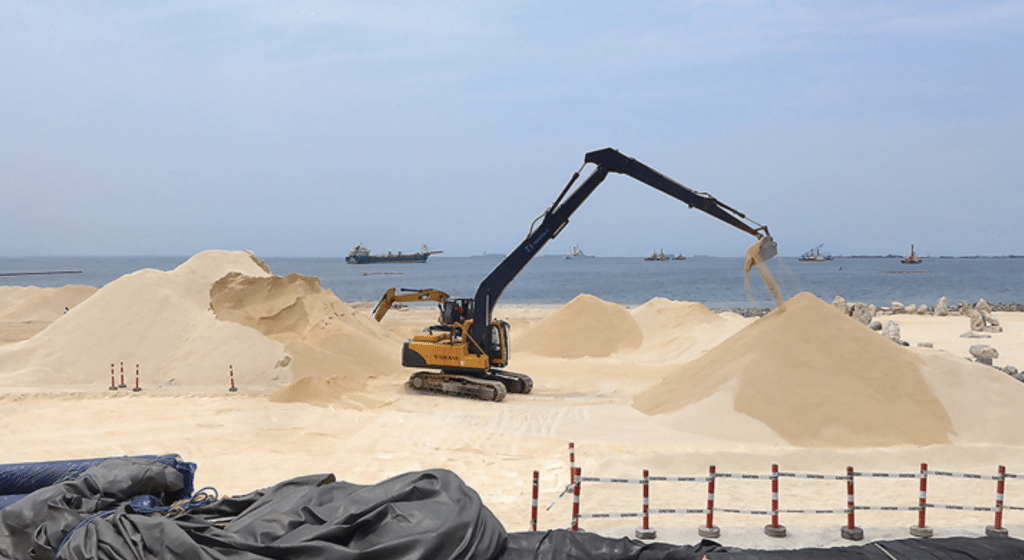
15. Oceana Calls for Protective Measures on the Environmental Impact Around Land Reclamation
Ocean conservation advocate Oceana is urging national and local officials in the Philippines to protect marine habitats and coastal communities against the environmental impact of massive land reclamation projects and climate change. In a news statement, Oceana particularly called on local government units (LGU) to prioritize fisheries management, ecological protection, promotion of food and nutritional security, and ensure the resiliency of marine habitats and coastal communities. Oceana’s vice president Gloria Estenzo Ramos noted that allowing ecologically disastrous projects such as land reclamation, also called dump-and-fill, is inconsistent with such LGU mandates. Dump-and-fill activities all over the country are causing massive and irreversible impacts on coastal and marine ecosystems. Deterring destructive development projects such as dump-and-fill should be in accord with the local development plan, coastal resource management plan, land use plan, and climate change action plan, which local governments are tasked to perform.
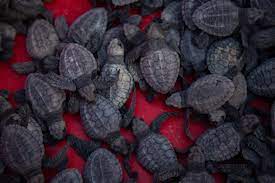
16. New Deep Water Port Could Threaten Congo’s Sea Turtles
Rising sea levels and erosion have consumed almost a quarter of sea turtles’ nesting grounds in the Democratic Republic of Congo. A new port could further endanger the turtles. The government says the port will bring jobs and lower the cost of imports. On completion in 2025, Banana Port will be able to handle almost half a million containers per year, according to the developer DP World. Banana Port will be built close to the perimeter of Congo’s Mangrove Marine Park, a nature reserve protected by national and international regulations. The park contains many vulnerable or endangered plant and animal species, including four species of turtles, manatees, and mudskippers. It is unclear how much of the mangrove forest will be cut down to make way for the port, or the impact of super-tanker traffic because DP World has not published its environmental and social impact assessment.
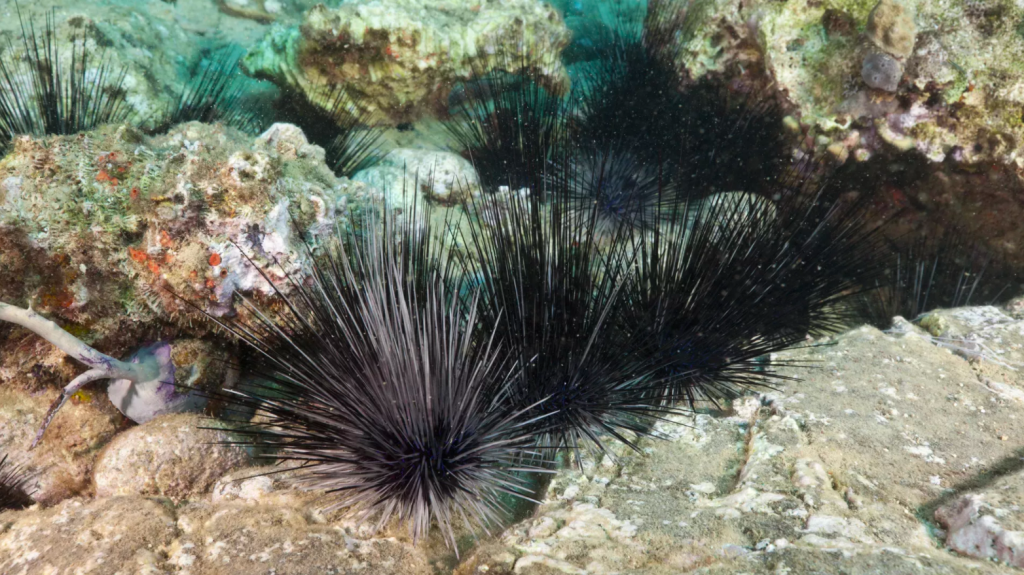
17. Reported Sea Urchin Die-Off in Caribbean Could Imperil Coral Reefs
Atlantic and Gulf Rapid Reef Assessment (AGRRA), which monitors reefs in the Atlantic and Gulf, is warning that the Caribbean appears to be facing a rapid widespread long-spined sea urchin die-off extending from the US Virgin Islands to Jamaica. Long-spined sea urchins scour over coral, eating harmful algae and giving reefs open space to grow. Researchers at the Florida Aquarium in Tampa last year reared and released nearly 200 long-spined sea urchins to help clean the Florida Reef, which stretches from the Dry Tortugas to Palm Beach. Researchers have hoped that breeding and releasing urchins would help restore reefs dying off due to climate change. “While we do not know what is causing these dispersed die-offs, the speed at which large numbers of sick urchins are now dying on affected reefs resembles the mass mortality event of four decades ago,” the AGRRA said.
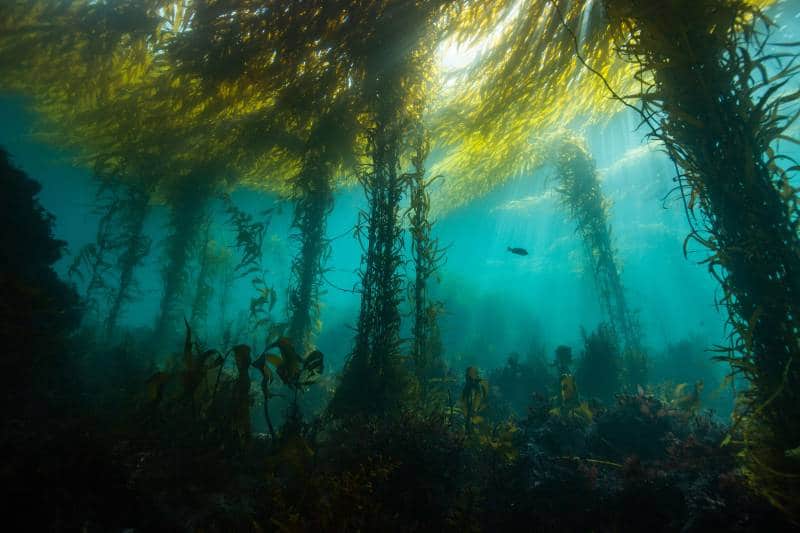
18. Woods Hole Oceanographic Institution Helps Launch World’s Largest Kelp Map
Research suggests changing ocean conditions including marine heatwaves linked to climate change have led to the loss of kelp in many regions around the world, specifically the US west coast off parts of California, with further declines anticipated in response to ocean warming. To further investigate and track kelp growth and survival over time, Woods Hole Oceanographic Institution, The Nature Conservancy, University of California Los Angeles, and the University of California Santa Barbara launched the world’s largest map of kelp forest canopies extending from Baja California, Mexico to the Oregon-Washington border. The open-source web tool at Kelpwatch.org uses machine learning and remote sensing science to display the kelp forest canopies and analyze the changes it undergoes over time. Prior to Kelpwatch.org, researchers and state agencies lacked historical data on trends and changes in kelp forest abundance across large areas.
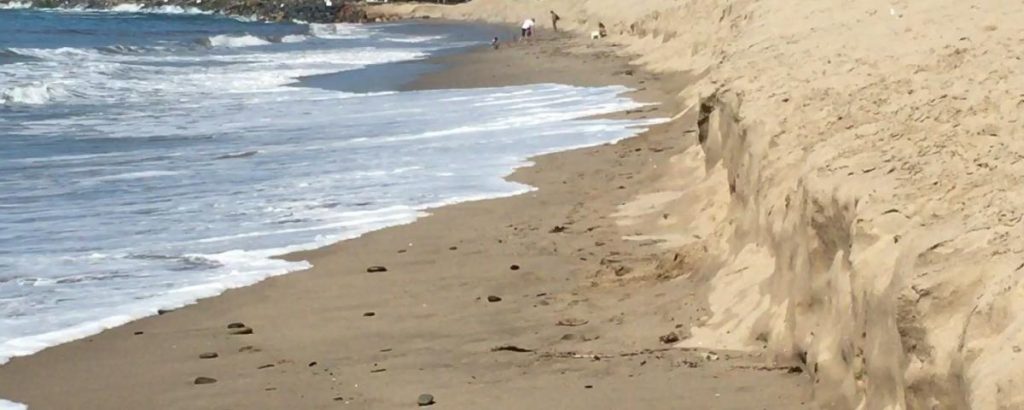
19. Researcher Says Retooling Flood Control Systems Could Help Beaches
In California, beaches are eroding, and as cities, the state, and other entities look for potential ways to help fill in the disappearing sand to protect shorelines, a researcher from the University of California, Irvine said help might be found in flood control systems. Brett Sanders, a professor of civil and environmental engineering, said the sediment from flood control channels could be used at beaches with eroding shorelines. “We’re seeing a reduction of sand delivery to the coast. At the same time, we see an increase in the rate at which the sand is washed away from the coast. That’s bad news for beaches,” he said. Currently crews manually remove the sediment build-up from flood control channels and deposit it at construction sites and beaches. But Sanders says dams could be reworked to let sediment through and let the water carry it back to beaches.
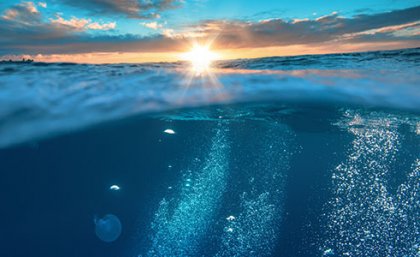
20. Three-Dimensional Mapping Could Help Protect Diversity in the Open Ocean
A three-dimensional approach to marine conservation could help expand protected ocean areas by up to 30% this decade, according to international researchers. Dr. Issac Brito-Morales, who helped develop the strategy, said it could help conservationists and governments assess the biodiversity of our oceans in unprecedented detail: “Our approach allows us to observe the world’s oceans in their full three dimensions, observing depth zones and the seafloor as different layers of our complex marine system. In the past, most marine protected areas were designated in shallow coastal areas – such as coral reefs – and considered the biodiversity in the water column and on the seafloor as one system.” In the open ocean, the surface and the seafloor are far apart and are completely different ecosystems. The approach aims to conserve biodiversity in different depth zones while also observing how climate change impacts each zone.
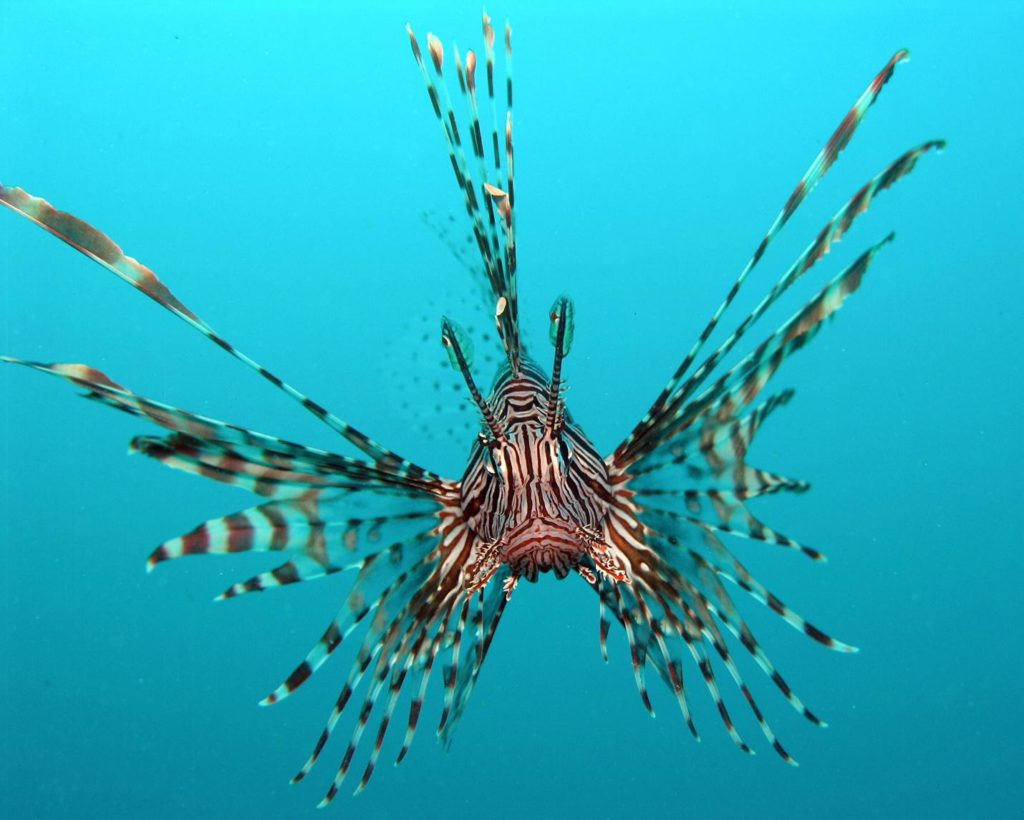
21. Invasive Species Threaten the Biodiversity of the Adriatic Sea
The arrival of nearly 50 invasive species into the Adriatic Sea over the course of the previous three decades confirms new conditions developing in this Mediterranean sub-basin, but also represents a danger to its biodiversity. Once they successfully adapt to a new environment, invasive species will hunt native species; meanwhile, they lack natural predators to keep their own numbers in check. One example of an invasive species is the lionfish, which tends to consume ecologically and economically important native fish and has no natural predators in the Adriatic. In addition, their presence attests to the tropicalization of the Adriatic. Their ability to survive in the Adriatic points to the fact that the new temperature of this sea suits these fish, which arguably was not the case in the past. One solution to the problem of invasive species is targeted removal by well-educated fishermen.

22. Gene Linked to Hearing in Humans Also Linked to Touch in Sea Anemones
An international team of investigators has published a paper that reports the discovery of a developmental gene linked to touch in the tentacles of sea anemones as well as hearing in humans. The gene, called pou-iv (pronounced “pow four”), is important for the development of auditory cells in the human inner ear. Cnidarians, which include jellyfish, corals, and sea anemones, are the closest living relatives of animals with bilateral symmetry (humans, other invertebrates). Auditory cells in the vertebrate inner ear that pick up vibrations to enable hearing are called hair cells. While they are not known to be able to hear, sea anemones have similar-looking cells on their tentacles—also called hair cells—that they use to sense prey. The report suggests that pou-iv has an ancient role in the development of touch sensation that goes back as far as our last common ancestor with sea anemones.
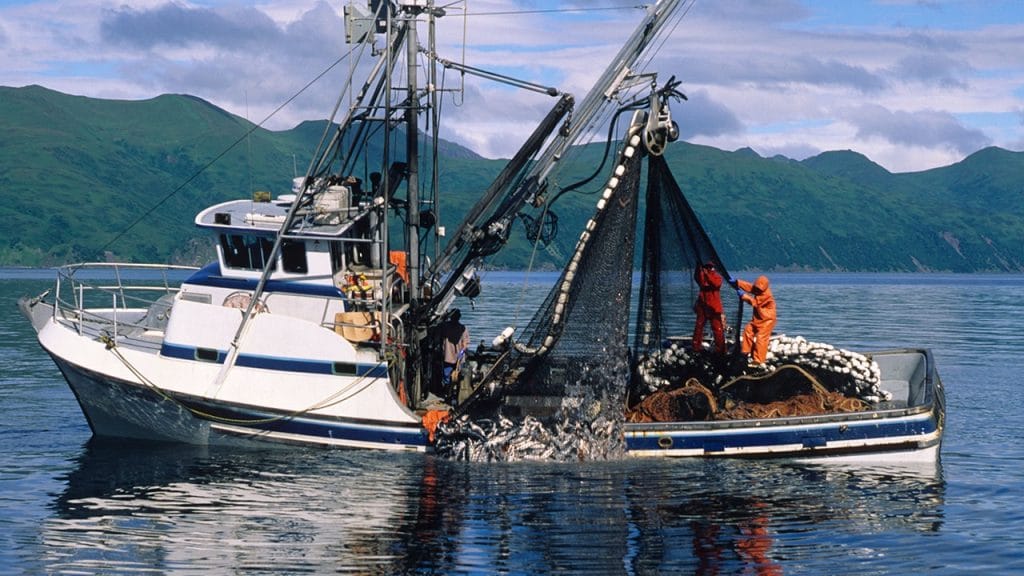
23. Bycatch Rates in Fisheries Largely Driven by Variation in Individual Vessel Behavior
Fisheries bycatch continues to impact many threatened marine species such as seabirds, sharks, marine mammals, and sea turtles. While bycatch management tends to focus on fleet-level controls on fishing, fishers have differing abilities to avoid bycatch. Researchers analyzed variations in threatened species bycatch among individual operators from five industrial fisheries representing different geographic areas, gear types, and target species and found that the individual vessel is a significant predictor of bycatch, including species that represent high or low costs to fishers or have economic value as potentially targeted byproducts. Researchers also found high-target and low-bycatch operators in all five sectors, including gears known for high bycatch mortality worldwide. The study shows an untapped opportunity to reduce negative environmental impacts of fisheries with interventions targeting specific performance groups of individuals, supporting an alternative perspective towards managing global fisheries.
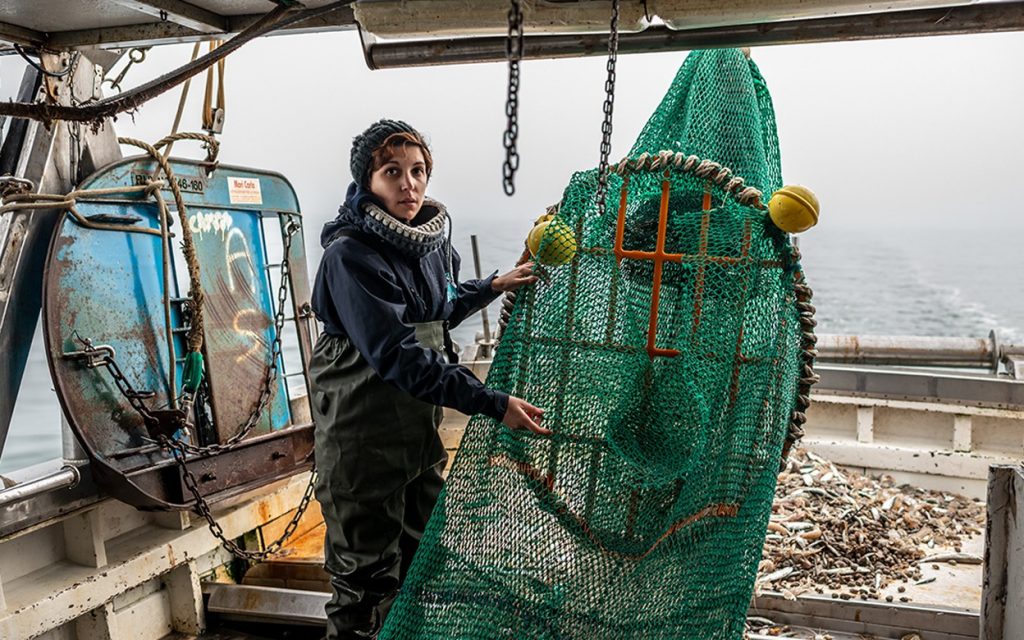
24. Marine Biologist Creates a New Type of Fishing Net That Spares Sea Turtles
Marine biologist Laura Aiudi has created a net that saves the lives of endangered species — but still protects the livelihood of fishermen. Nets scrape the sea bed and can often catch turtles that die in the nets or on board. Aiudi’s net allows turtles to escape through a hole at the top. Named TED, short for “turtle excluder device,” the net is made from a high-strength plastic and is based on decades of work and research aimed at reducing the bycatch of turtles from trawling. Turtles and some larger fish can leave through the escape hatch, but the current holds most of the catch in the net. This net allows fishermen to continue working for their livelihoods while protecting the turtles. The work is part of research by the Cetacea Foundation, based in Riccione, Italy, in collaboration with the University of Pisa.
/




